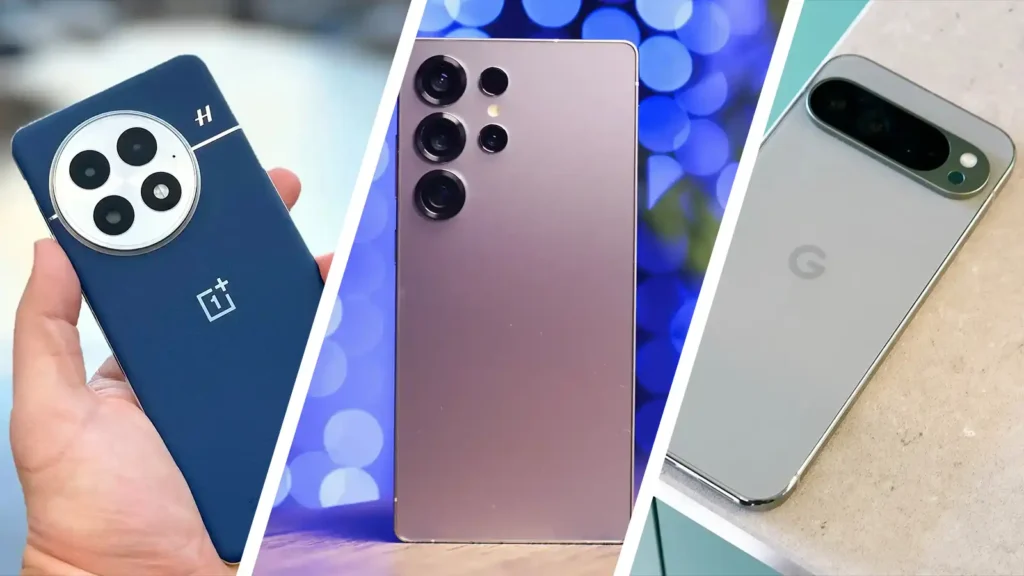There’s never been a better time to make the switch to an Android phone. Samsung recently launched the new Galaxy S25 series, OnePlus released what could already be the best phone of 2025, and Google is going strong with the excellent Pixel 9 range.
Whether you’ve decided to ditch Apple or you’re upgrading your old device, you’ve more choices than ever when it comes to finding the best Android phone for you.
Designed around the Google-developed mobile operating system, Android phones come in a far wider variety of shapes and sizes than the iPhone. If you’re after a built-in stylus, a cutting-edge camera, a folding phone or just want a cheap phone that actually works, you’re likely to find something that fits the bill.
To help you figure out which device is right for you, I’ve rounded up all of the best Android phones I’ve tested and reviewed, from budget-friendly handsets to the latest and greatest flagship phones.
I test all of the latest phones here at IndyBest by swapping them out for my everyday devices. I pay close attention to how they cope with basic tasks such as messaging, listening to music and podcasts, and scrolling through social media feeds.
I also put them through more rigorous testing processes, using the camera in challenging lighting conditions, running YouTube videos around the clock to track battery performance, and running high-performance apps and benchmarking tools to stress the CPU, testing for slowdown and lag.
Performance: The best Android phones are built to handle even the most demanding tasks and run on the latest chipsets to deliver speedy performance. To measure phone performance, I use benchmarking apps to monitor app-switching speeds, camera response times, photo-editing speeds, as well as lagging and stuttering in games and complex apps.
Camera: I test phone cameras by shooting stills and video of a variety of subjects – people, landscapes, buildings, pets – in as many different lighting conditions as possible. I pay particular attention to new and interesting camera features, such as night photography and AI-powered editing tools.
Battery life: Rather than rely on lab-style battery-drain tests, I primarily test battery life by using the phone normally and measuring how much juice is left at the end of the day. That gives me the best impression of how a phone’s battery life performs in the real world and lets me compare battery life between devices in a more meaningful way.
Normal use in this case means regularly switching between wifi and mobile data as we move around, plenty of social media scrolling, watching YouTube videos, using GPS for directions, streaming music using Bluetooth headphones, and the occasional phone call.
Software: There’s a gulf in software quality between the cheapest Android phones and the most expensive. Cheaper phones often cut costs by including third-party apps you didn’t ask for, such as Facebook, and some even feature advertising inside the OS menus.
I take the quality of the user experience into account in my reviews, paying attention to how intuitive the operating system is to use and how much bloatware comes pre-installed, as well as the quality of core apps such as the camera.
Display: I look for phones with sharp and bright displays, as well as displays with high 120Hz refresh rates. A high-quality display not only makes content look more detailed and vivid but also means the phone is easier to view in direct sunlight and puts less strain on your eyes.
Why you can trust us
Steve Hogarty is an IndyBest technology journalist with more than a decade of experience reporting on and reviewing smartphones. His tests are designed to measure each phone’s performance, considering everything from design and display to value, durability and camera quality, so you can be sure the results of this round-up are honest and unbiased.


